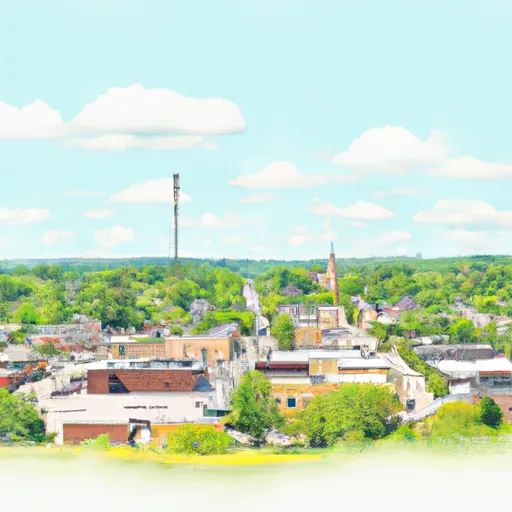°F
°F
mph
Windspeed
%
Humidity











Kellnersville is a small village located in Manitowoc County, Wisconsin. It experiences a humid continental climate, characterized by warm summers and cold winters. Average temperatures range from around 20°F (-6.7°C) in winter to approximately 80°F (26.7°C) in summer, with precipitation evenly distributed throughout the year.
The village is surrounded by beautiful natural areas, including several lakes and rivers. The primary hydrology constituent in Kellnersville is the Manitowoc River, which flows nearby. This river provides opportunities for fishing, boating, and kayaking. Fishing enthusiasts can expect to catch species such as walleye, northern pike, and smallmouth bass.
Outdoor recreation opportunities abound in and around Kellnersville. The nearby Point Beach State Forest offers hiking trails through scenic forests and sand dunes, as well as a pristine Lake Michigan shoreline for swimming and picnicking. Nature lovers can also explore Kewaunee County, which boasts picturesque parks, nature preserves, and the stunning Ahnapee State Trail. With its diverse outdoor offerings, Kellnersville provides ample opportunities for residents and visitors to enjoy the natural beauty of the Wisconsin landscape.
Weather Forecast
Kellnersville receives approximately 779mm of rain per year, with humidity levels near 83% and air temperatures averaging around 8°C. Kellnersville has a plant hardyness factor of 5, meaning plants and agriculture in this region thrive during a short period during spring and early summer. Most plants will die off during the colder winter months.
Regional Streamflow Levels
17
Cubic Feet Per Second
16
Cubic Feet Per Second
369
Cubic Feet Per Second
1
Cubic Feet Per Second
Nearby Camping
| Camping Area | Reservations | Toilets | Showers |
|---|---|---|---|
| Lincoln Trail State Park | |||
| Red Hills Lake State Park | |||
| Fort Wilkins State Park | |||
| Robinson City Park | |||
| Paris City Park | |||
| Mill Creek Park |



